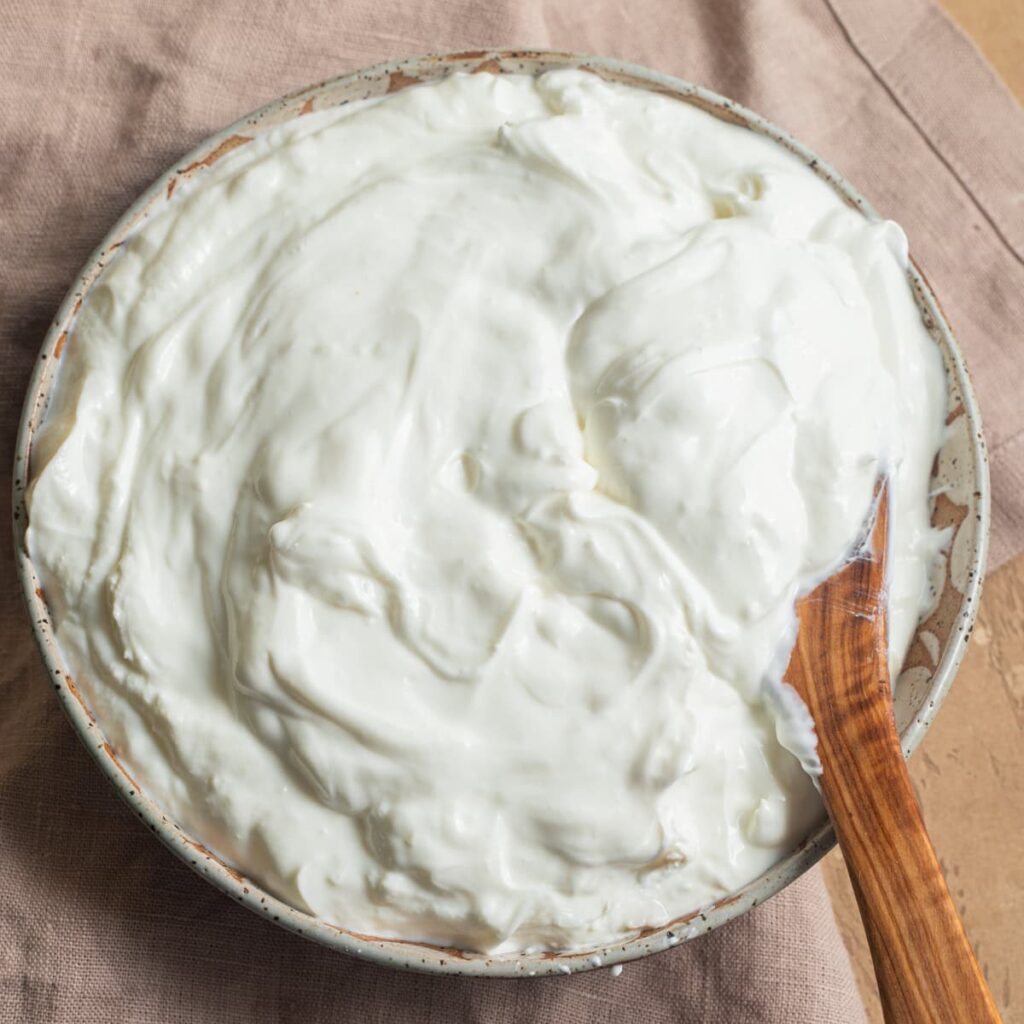
A Creamy Nourishing Superfood
There’s something undeniably delightful about a spoonful of thick, creamy Greek yogurt. Whether enjoyed plain, added to smoothies, drizzled with honey, or topped with fresh fruit and granola, this beloved dairy staple is not only delicious but also packed with health benefits. Greek yogurt has been a dietary favorite for centuries, offering a perfect balance of protein, probiotics, and essential nutrients. But what makes Greek yogurt so special? And why is homemade Greek yogurt an even better choice?
Let’s dive into the world of Greek yogurt—its history, health benefits, differences from regular yogurt, and why making your own at home can be a game-changer for your wellness journey.
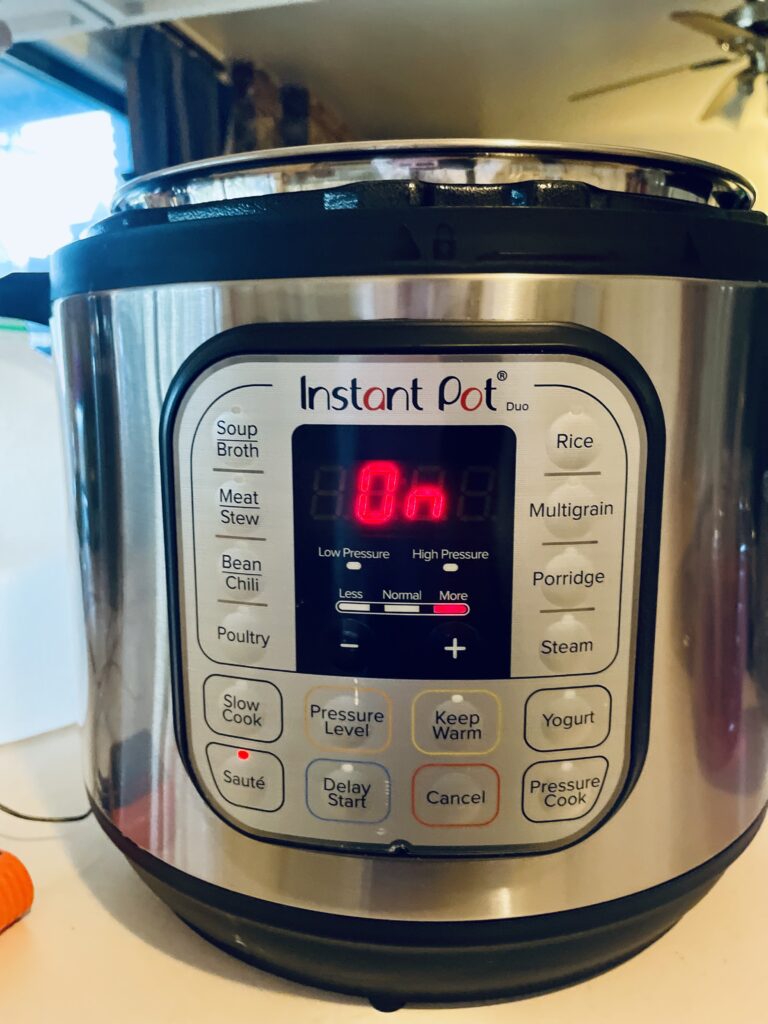
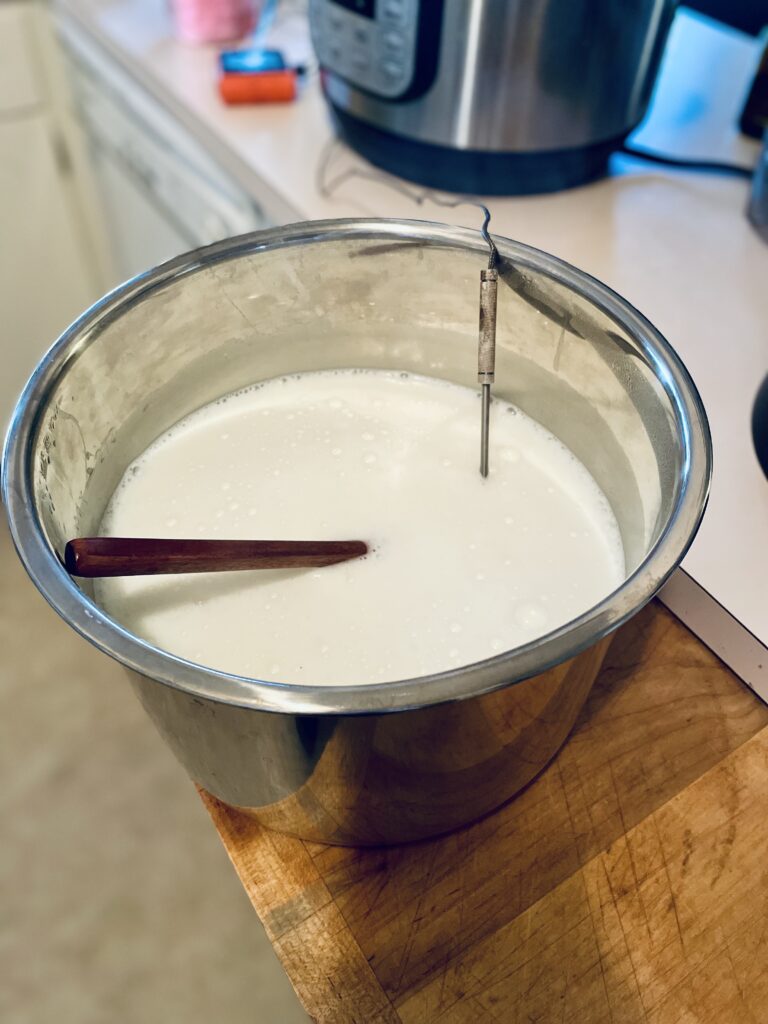
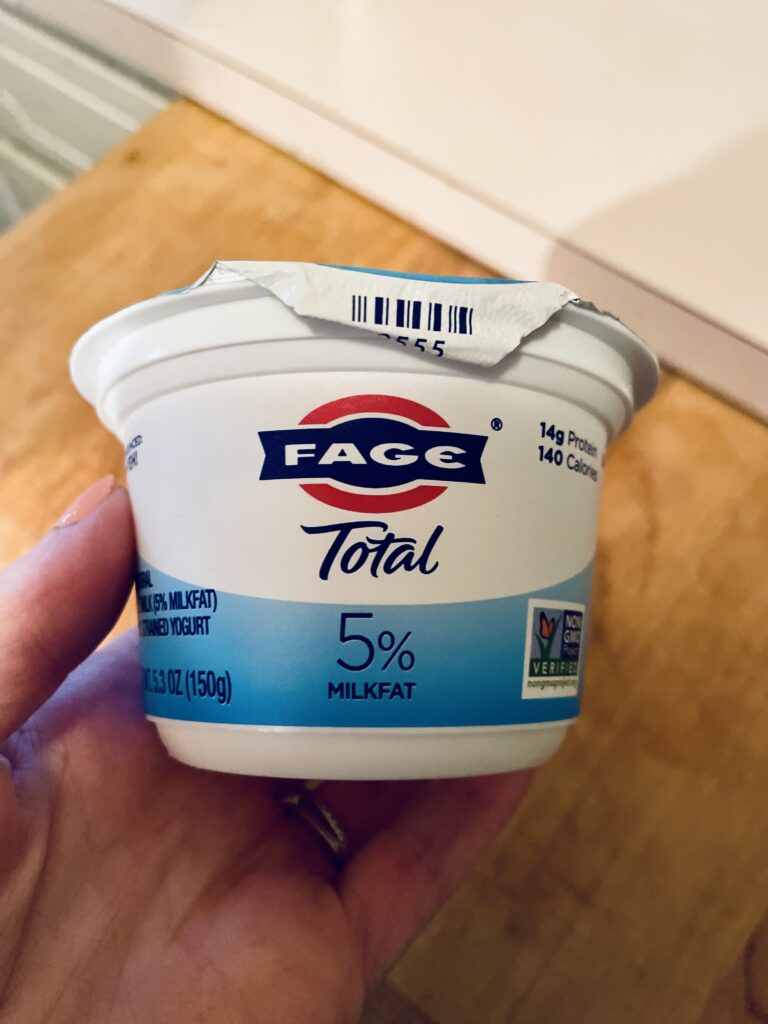
The History of Greek Yogurt
Greek yogurt has ancient roots, dating back thousands of years to the Mediterranean and Middle Eastern regions. It is believed that yogurt-making originated around 5000 BCE, when nomadic herders discovered that milk stored in animal skins fermented naturally, creating a thick, tangy dairy product. The Greeks, in particular, perfected the straining process, which removed excess whey and resulted in the rich, creamy texture we associate with Greek yogurt today.
Throughout history, Greek yogurt has been a staple in Mediterranean diets, celebrated not just for its delicious taste but also for its nutritional benefits. It was commonly used in Greek cuisine, from savory dishes to desserts, and was even considered a health food in ancient times. Today, Greek yogurt remains a cherished part of the Mediterranean diet and has gained worldwide popularity for its versatility and health benefits.
Greek Yogurt vs. Regular Yogurt: What’s the Difference?
At first glance, Greek yogurt and regular yogurt might seem quite similar. However, there are some key differences that make Greek yogurt stand out:
- Straining Process – Greek yogurt is made by straining out excess whey, giving it a thicker, creamier texture compared to regular yogurt. This process also concentrates the nutrients, making it higher in protein.
- Protein Content – A typical serving of Greek yogurt contains almost twice the protein of regular yogurt, making it an excellent choice for muscle repair, satiety, and overall nutrition.
- Lower Sugar & Carbohydrates – Because much of the liquid whey is removed, Greek yogurt naturally contains less sugar and fewer carbohydrates than its regular counterpart.
- Tangier Flavor – Greek yogurt has a more pronounced tangy taste, making it a great ingredient for both sweet and savory dishes.
- Thicker & Creamier – Due to the straining process, Greek yogurt is much thicker than regular yogurt, making it ideal for dips, smoothies, and even baking.
Health Benefits of Greek Yogurt
Greek yogurt isn’t just delicious—it’s packed with nutrients that support overall health. Here’s why you should consider adding it to your daily diet:
1. Gut Health & Digestion
Greek yogurt is rich in probiotics, the beneficial bacteria that support gut health, digestion, and immune function. These probiotics help maintain a balanced gut microbiome, which is essential for absorbing nutrients and promoting overall well-being.
2. High in Protein for Muscle & Weight Management
With 15-20 grams of protein per serving, Greek yogurt is an excellent source of high-quality protein. This makes it perfect for muscle recovery, keeping you full longer, and aiding in weight management by reducing cravings.
3. Packed with Essential Nutrients
Greek yogurt is rich in calcium, vitamin B12, potassium, and magnesium, all of which contribute to strong bones, energy production, and overall cellular function.
4. Supports Heart Health
Full-fat Greek yogurt contains healthy fats, including conjugated linoleic acid (CLA), which has been linked to heart health and reduced inflammation. Choosing unsweetened Greek yogurt also helps avoid added sugars that can negatively impact cardiovascular health.
5. Strengthens the Immune System
The probiotics found in Greek yogurt help regulate immune function, making your body more resilient to infections and illnesses. A strong gut microbiome plays a crucial role in overall immune health.
6. Lower Lactose Content
Greek yogurt is often easier to digest for those who are lactose-sensitive since much of the lactose is removed during the straining process. This makes it a great option for people who struggle with regular dairy products.

Why Choosing High-Quality Milk Matters
The quality of Greek yogurt starts with the quality of milk used to make it. When selecting yogurt or making your own at home, opt for organic, grass-fed, or raw milk whenever possible. High-quality milk not only enhances the flavor but also provides:
✅ Higher Omega-3 Fatty Acids for brain and heart health
✅ More Nutrients like vitamin K2 and beta-carotene
✅ Better Taste & Creaminess due to superior fat composition
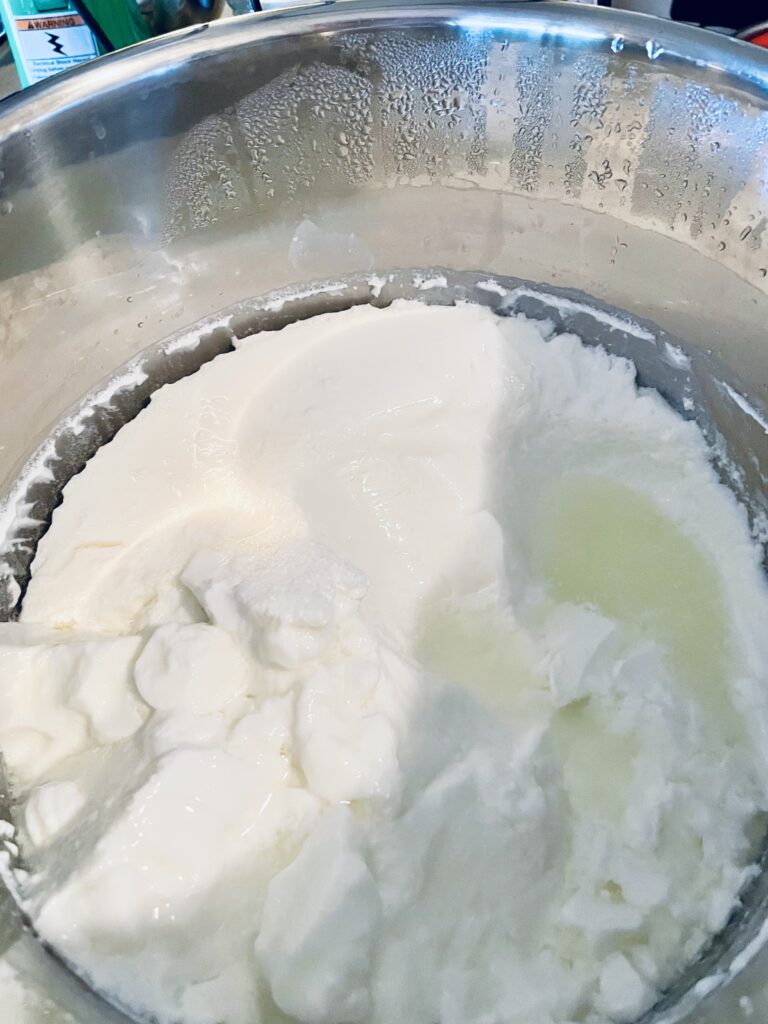

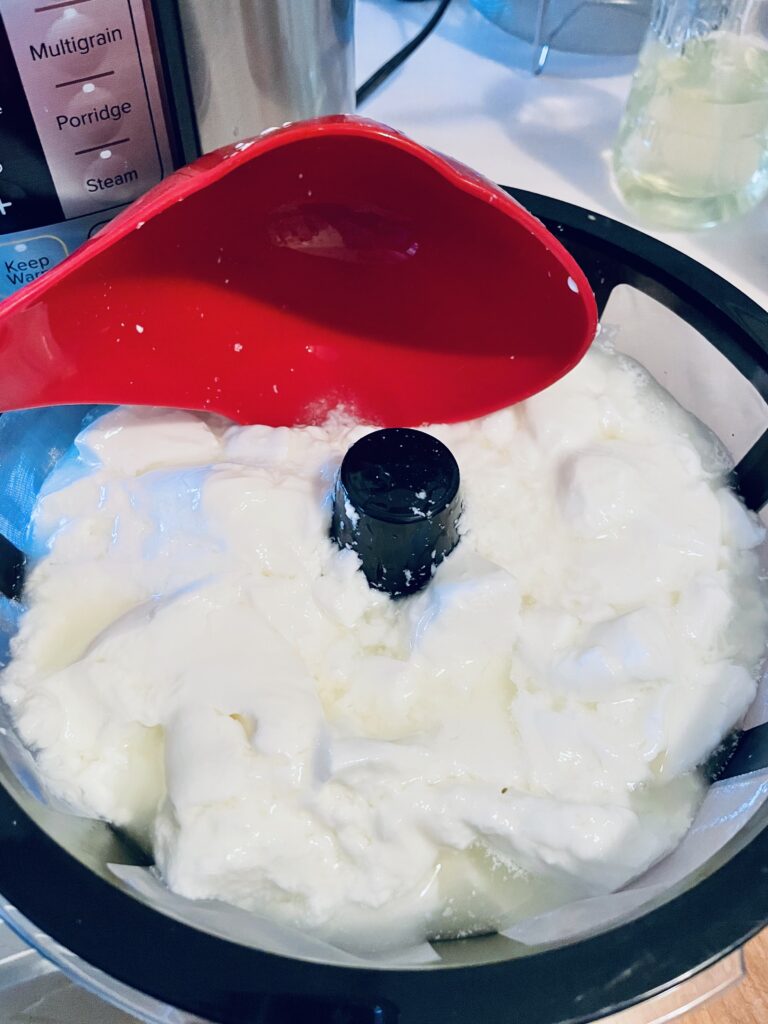
Best Starters for Making Greek Yogurt at Home
If you’re ready to make your own Greek yogurt, the starter culture you choose is essential. Here are a few great options:
- Traditional Yogurt Starters – These contain live active cultures such as Lactobacillus bulgaricus and Streptococcus thermophilus, which create the classic tangy yogurt taste.
- Probiotic Capsules – Some people use probiotic capsules to introduce beneficial bacteria into their homemade yogurt.
- Store-Bought Greek Yogurt – You can use a spoonful of high-quality Greek yogurt as a starter for your homemade batch. Just make sure it contains live active cultures.
The Benefits of Making Greek Yogurt at Home
Making your own Greek yogurt is simpler than you think—and the benefits are worth it! Here’s why homemade yogurt beats store-bought every time:
✔️ No Artificial Additives – Many store-bought yogurts contain preservatives, thickeners, or added sugars. Homemade yogurt is pure and free of unnecessary ingredients.
✔️ Customizable Flavor & Thickness – You control the level of tanginess, sweetness, and thickness by adjusting the fermentation and straining process.
✔️ More Affordable – Buying high-quality Greek yogurt regularly can be expensive. Making it at home costs a fraction of the price!
✔️ Better Probiotic Content – Store-bought yogurt can lose probiotics during processing, while homemade yogurt retains maximum live cultures for gut health.
Check out my Raw Milk Greek Yogurt!
Start Your Greek Yogurt Journey Today!
Greek yogurt is more than just a trendy snack—it’s a nutrient powerhouse that supports gut health, provides lasting energy, and tastes absolutely delicious. Whether you enjoy it in smoothies, as a creamy base for dressings, or simply by the spoonful, Greek yogurt is a fantastic addition to a healthy lifestyle.
And what’s even better? Making your own at home is not only simple and cost-effective but also ensures you’re getting the highest-quality yogurt possible. So why not give it a try? With just a little effort, you can enjoy the rich, creamy goodness of homemade Greek yogurt—and once you do, you may never go back to store-bought again!
Have you ever made Greek yogurt at home? Share your experience in the comments below! 🥄✨
Shop this post:
**This post may contain affiliate links, which means I make a small commission at no extra cost to you**

Greek Yogurt
Equipment
- Instant Pot
- Thermometer
- Yogurt Strainer
Ingredients
- 1 Gal Milk Raw
- 1 Cup Whole Milk Greek Yogurt Full Fat with Live Cultures (or starter)
Instructions
- Use a clean stainless steel insert of the instant pot & clean sealing ring.
- Pour the gallon of milk into the silver liner.
- While constantly stirring have the instant pot on sauté mode and bring to 210℉
- Once this temperature is reached remove the Stainless Steel Insert and let the milk cool to 110℉ (you can place the insert in the sink and pour ice all around it– this is what I do and it typically cuts down the time drastically)
- Once you reach 110℉ place the insert back in the instant pot and stir in the full fat yogurt/start
- Place the lid on the instant pot and press the yogurt button (I typically change the time frame in the yogurt button, our families sweet spot is about 20hrs)
- When the time is up, remove the lid, give it a nice stir, then transfer to greek yogurt strainers and let it sit for about 24hrs to set and have the whey separated.